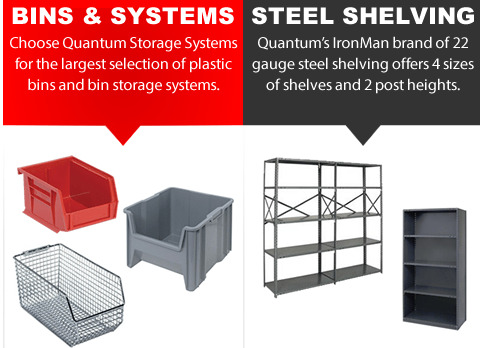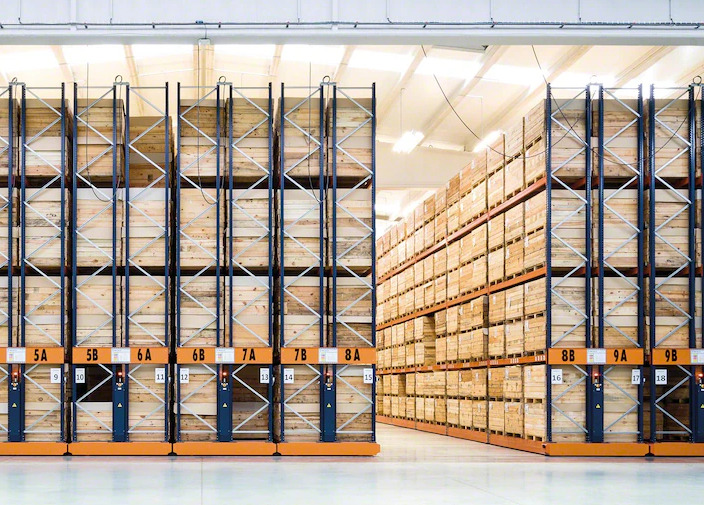In today’s fast-paced industries, efficient storage solutions are paramount for maintaining seamless operations. Quantum Storage Systems stands at the forefront, offering a wide array of innovative storage products designed to revolutionize organization across diverse sectors.
Versatile Product Range:
Quantum Storage Systems boasts an extensive lineup of storage solutions tailored to meet the unique needs of different industries. From durable bins, shelving units, totes, and containers, their products cater to warehouses, manufacturing facilities, healthcare, retail, and beyond.
Benefits and Features:
Durability: Crafted from high-quality materials, Quantum’s storage products are built to withstand heavy-duty usage, ensuring long-term durability even in demanding environments.
Modularity: Many Quantum Storage Systems items are designed with a modular approach, offering scalability and adaptability. This allows for easy customization and expansion as storage needs evolve.
Visibility and Accessibility: Clear bins and stackable containers provide excellent visibility, making inventory management and item retrieval efficient and hassle-free.
Space Optimization: Their shelving systems maximize vertical space, utilizing every inch efficiently and allowing for better organization and accessibility.
Applications Across Industries:
- Warehousing and Logistics: Quantum’s shelving units, plastic bins, and wire containers streamline inventory management, optimizing space and improving workflow efficiency in warehouses.
- Manufacturing: Their heavy-duty storage solutions cater to manufacturing plants, offering a systematic approach to storing parts, tools, and materials, ensuring a more organized production floor.
- Healthcare: Quantum’s medical storage solutions aid hospitals and healthcare facilities in keeping supplies and equipment organized, enhancing patient care and operational efficiency.
- Retail: From stockrooms to storefronts, Quantum’s retail storage solutions aid in maintaining a well-organized inventory, promoting easy restocking and inventory control.
No matter the industry, Quantum Storage Systems provides the tools necessary for enhanced productivity and streamlined operations.
Looking for Quantum Storage Systems in Central Ohio? Contact Buckeye Industrial for expert guidance on a wide range of industrial equipment and supplies.
Storage bins, shelving units, containers, industrial storage solutions, warehouse organization products, plastic storage totes, bins, Quantum Storage Systems, wire shelving, wire baskets, modular storage solutions, heavy-duty storage containers, clear stackable bins, commercial storage solutions, medical storage equipment, retail storage solutions, space-saving storage solutions, durable storage solutions, versatile storage products




